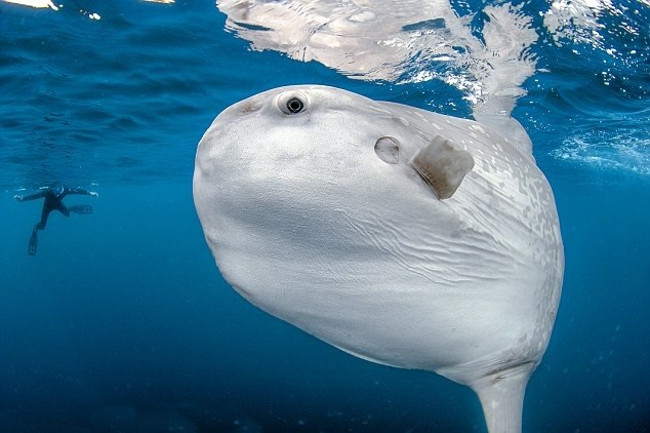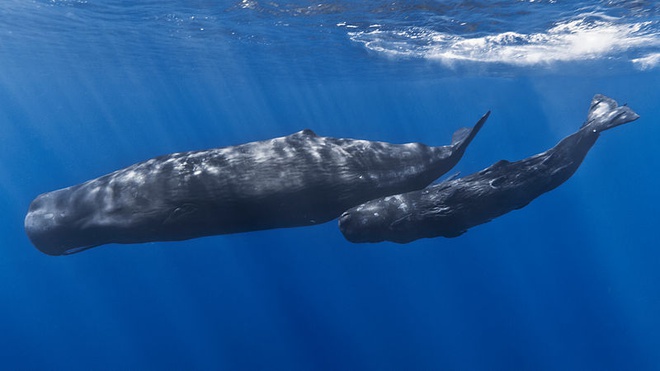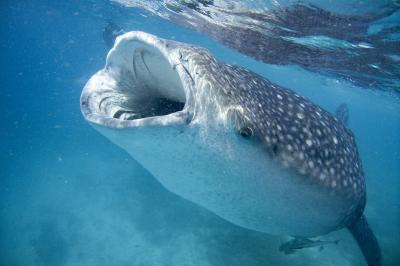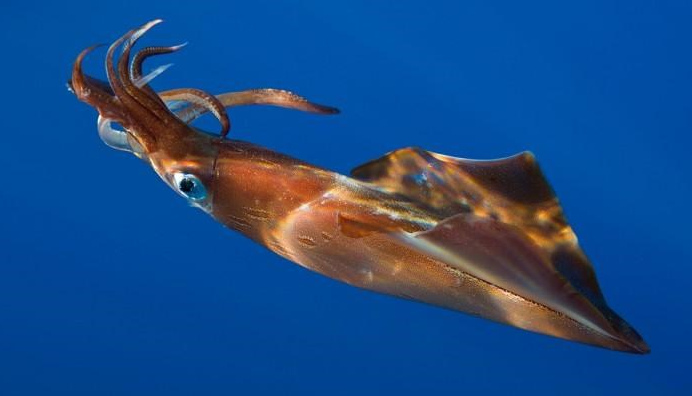Top 5 Largest Ocean Creatures: Exploring the Giants of the Deep Sea
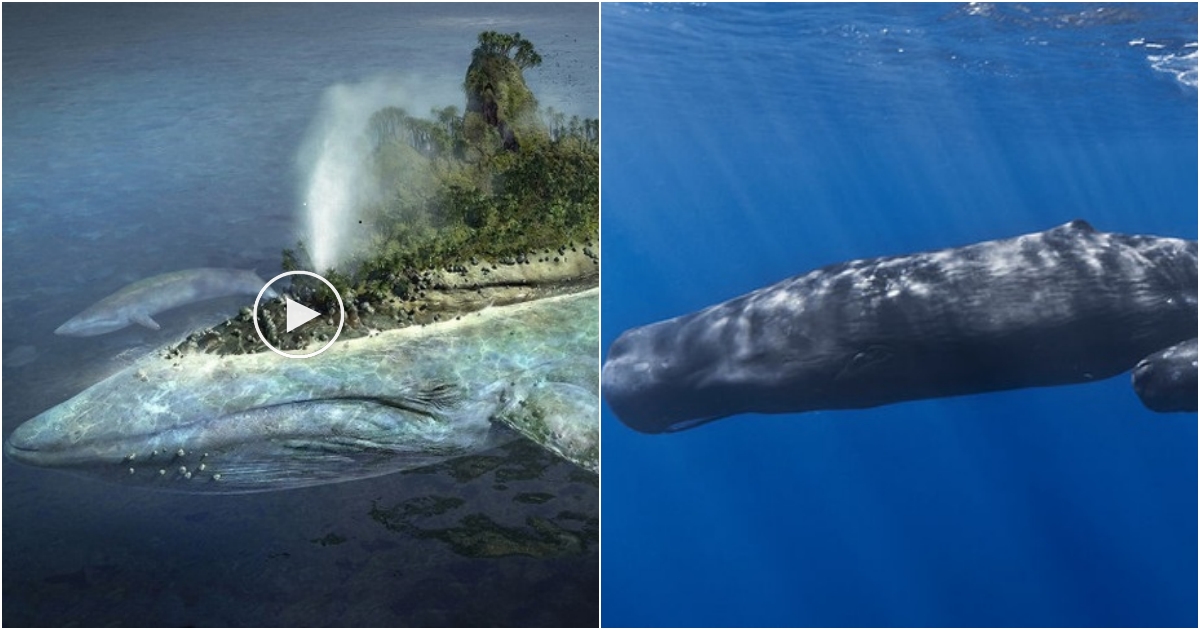
- Blue Whale The blue whale, also known as the “baleen whale,” inhabits all the oceans on Earth and evolved from land-dwelling mammals, with its closest relative being the hippopotamus.
The average body length of a blue whale is around 25 meters for males and 26.2 meters for females. The longest blue whale ever recorded was 33.58 meters in length, discovered in the Southern Ocean in 1909.
Blue whales weigh about 150 tons, but they can reach over 400 tons, with an average lifespan of 30 to 40 years (although they can live up to 80 to 90 years). Not only are blue whales the largest mammals, but they are also the largest animals ever known to have existed.
Despite their enormous size, scientists face many challenges in locating and studying these individuals in the vast ocean.
Blue whales feed on plankton (specifically krill), small fish, and fecal matter from seals. However, they primarily feed on krill, which are small, shrimp-like crustaceans.
Each blue whale consumes approximately 5.5 tons of krill per day. Since each krill weighs only about 1 gram, blue whales have to ingest around 5.5 million krill daily.
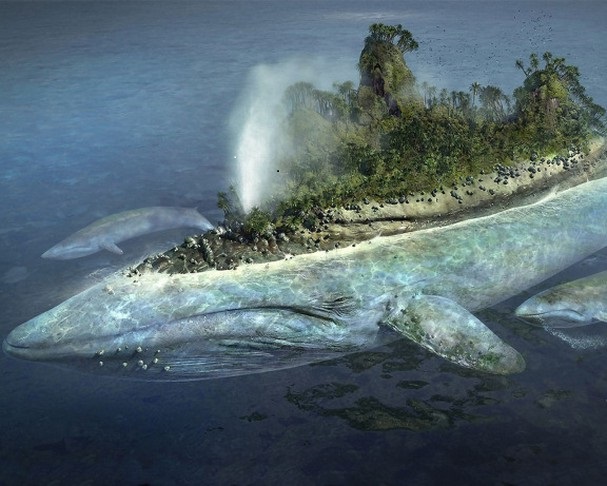
- Sperm Whale The sperm whale is the largest-toothed predator on the planet and possesses the largest brain of any creature, weighing up to 8 kilograms (five times the weight of an average human brain).
Belonging to the toothed whale suborder, adult male sperm whales can reach body lengths of up to 20.5 meters. Typically, a male measuring 18 meters in length weighs around 54 tons, while a female measuring 12 meters weighs about 17 tons. Therefore, the sperm whale is the largest toothed animal on Earth.
The sperm whale is the deepest diving mammal in the world, capable of diving to depths of 3 kilometers and holding its breath underwater for approximately 90 minutes. It is also the largest carnivorous animal on the planet. However, this species is less intelligent compared to dolphins and other whale species.
Their primary prey is squid, including colossal squid and the live squid found in the Antarctic. To capture their preferred prey, giant sperm whales dive to depths of 3 kilometers, searching and seizing their prey before swimming back to the surface.
- Whale Shark The whale shark, also known as the “rhincodon typus,” is the largest shark species and the largest fish in the world. Their length can reach up to 18.8 meters, with a weight of up to 21.5 tons.
The mouth of a whale shark can span approximately 1.5 meters wide. It possesses over 300 rows of tiny teeth, but they are not used for feeding. Instead, they serve as a filtration mechanism, filtering out their food source.
Whale sharks have a diverse and abundant diet, although they prefer planktonic organisms. They often filter feed on plankton by swimming with their mouths wide open, trapping the microscopic organisms in their gill rakers.
- Giant Squid We know very little about giant squid as they inhabit the deep waters of the Pacific and Atlantic Oceans.
Giant squid are large cephalopods, with oversized eyes similar in size to a basketball.
These creatures have eight arms and two longer tentacles used for capturing prey. Their large heads have powerful beaks resembling a parrot’s beak.
Giant squid can reach lengths of up to 18 meters and weigh approximately 1 ton.
Their main predator is the sperm whale.
- Sunfish Adult sunfish, also known as Mola mola, can reach lengths of 3.5 to 5.5 meters and have body weights ranging from 1.4 to 1.7 tons. They are the heaviest bony fish species.
Sunfish in the ocean have peculiar characteristics. They have a short body that resembles an oval or circular shape, giving the impression of having a large head with long and short dorsal and ventral fins.
Despite their large size, sunfish have tiny mouths, each equipped with two fused teeth-like structures. With their unique mouths, they are unable to swallow large prey and primarily feed on small planktonic organisms and other drifting marine creatures.
Sunfish are considered the champions of egg-laying in the ocean, with a single female capable of producing around 300 million eggs in one spawning event.
